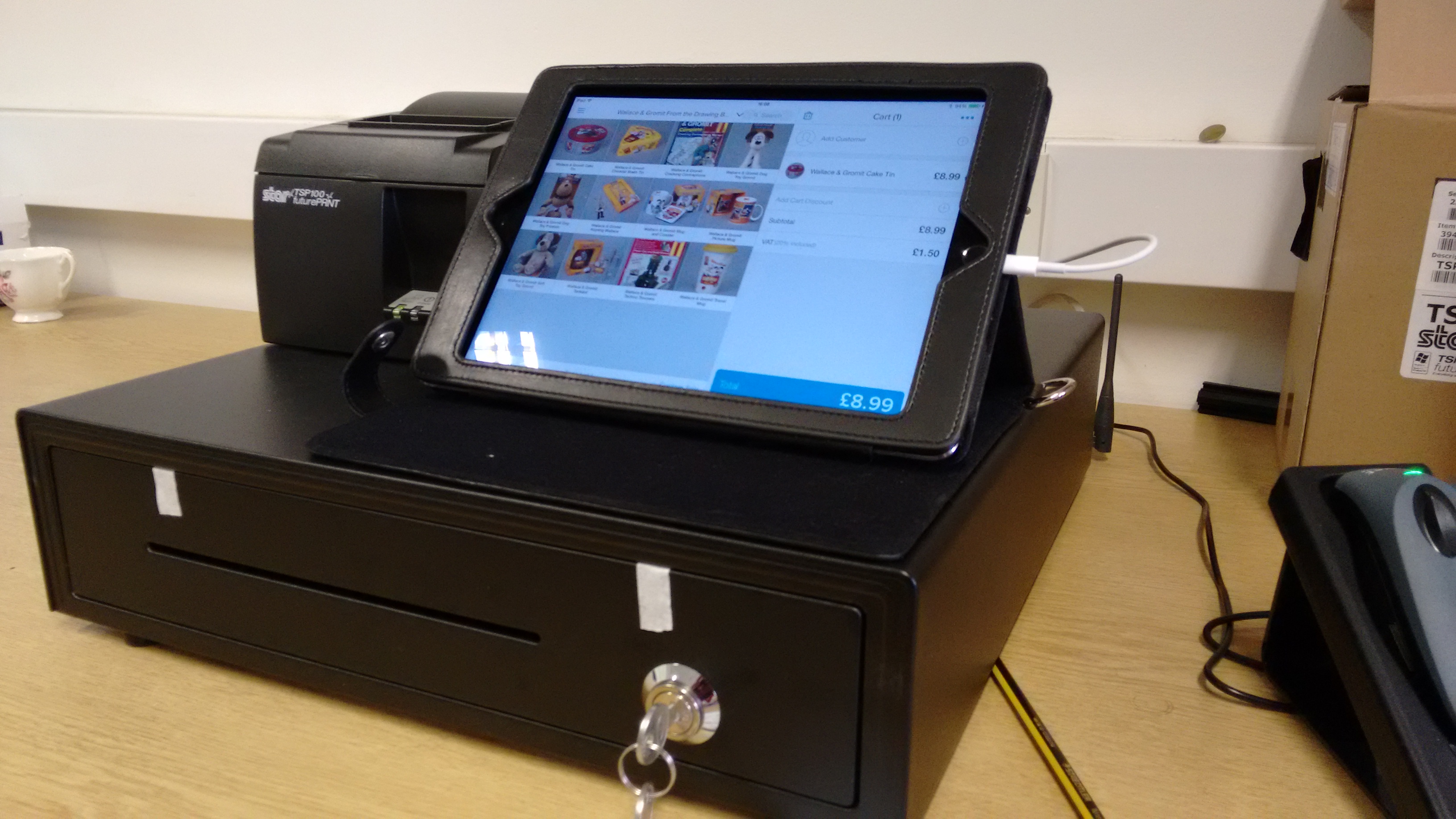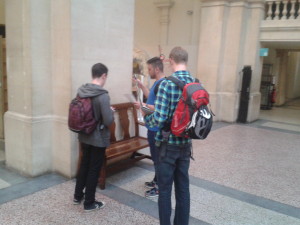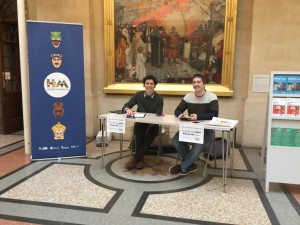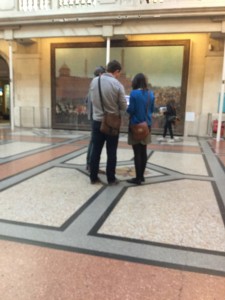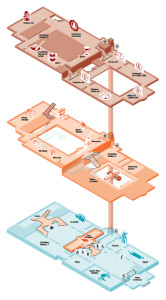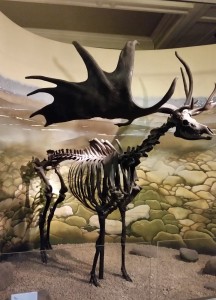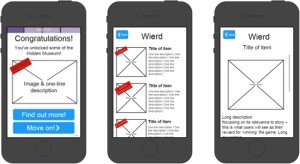Across the service we typically take payments for our two major retail shops and ‘paid for’ exhibitions at Bristol Museum & Art Gallery and M Shed. To date we have never set the tills up to give us useful reporting beyond the “groups of products” e.g. ‘books’ or ‘cards’ which is simply not good enough [no shots]. We need useful data to help us understand our business and improve our service. GDS refer to ‘designing with data‘ in their design principles and I see no reason not to be the same across the museums, especially with trading and IT retail systems.
During 2015-16 we will design our retail offer based on good usable data about our visitors, product ranges and sector trends.
Introducing Shopify Point of Sale (POS)
In the not too distant past I used to do freelance web projects and shopify would regularly appear on my radar. It is an affordable (from $9 a month) web shop that recently introduced the ability to run as a till system called Shopify POS. Due to its popularity with web folk I trust, our desire to get a move on and its feature set to cost ratio, I figure we have nothing to lose but try it out – we have no historic data either so anything is better than our current position.
Also, we’re an Arts Council England lead for digital so what better problem to solve than affordable till systems to kick off our 2015-18 partnership?
We will use Shopify POS to:
- Take cash and card payments
- Manage our products and stock level
- Provide both retail and service management with regular performance reports
- Act as a mininum viable service to help plan for the future
- Dip our toe in the water with an online shop offer (both POS and web shop are interelated making it easy to do)
Getting started
I made a “management” decision to switch POS and so this is an enforced project for the retail team who have understood my reasoning are behind the project. I have said that we have nothing to lose but this may not work and i’ll hold my hands up if we fail. We had a call with the Shopify team and knew we needed some new kit:
- Two paid instances of Shopify POS – one for each retail shop. I am disappointed there is to no way to have multiple shops from one account even if it was a discounted upgrade. This will enable us to report accurately each shop as its own business
- iPad air 2 with Shopify (use the 7 day trial first) with retail add-on and reporting ($59 per month)
- Bluetooth barcode reader, till drawer and receipt printer from uk reseller POS hardware for approx. £250 ex Vat (turns out you can use any drawer though as they are standard
- Reuse existing card reader (approx £20 per month)
- iPad secure stand
- Router to avoid public wifi and maintain security – fitted by IT services
First steps
- Test a proof of concept – Zahid and Tom did a stand up job of getting the system to play nice with our infrastructure and i can’t thank them enough as this proved to be a pain for an unknown reason on our network.
- Once we had our test ‘alpha’ system working, we confirmed that IT were happy for us to proceed. They generally like projects that they don’t have to get involved in too much! As we’re using the existing corporate contract for our card payments which never touch Shopify there isn’t a security risk at that point AND it doesn’t touch our finance system. Essentially Shopify is “off” the network and at worse we expose our reporting and products – secure passwords for staff is the biggest challenge!
- Add our MANY products. Our retail and admin team are working on this at the moment
- ‘Beta’ Test over the week of 27th April alongside the existing system with our retail manager Helen who is critical to the success of the project
- Show the retail team how to use the system and get their feedback – after all they need to use and champion the project and service
Next steps
Assuming staff are happy and we’re getting the data we need I plan to put the service into ‘live’ starting 1st May so we can get 11 months usable data. We’ll be sharing our progress on the blog. PLEASE get in touch if you have anything to help us make a better service or have any questions.
A full shop till system for unless than £1000 a year…..let’s see!
